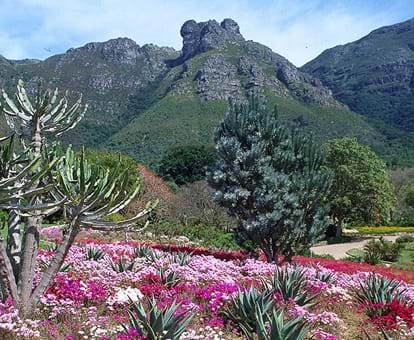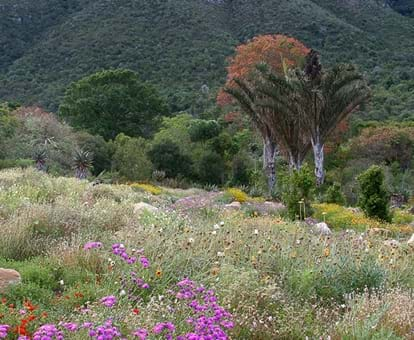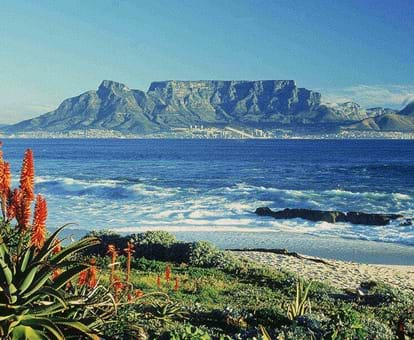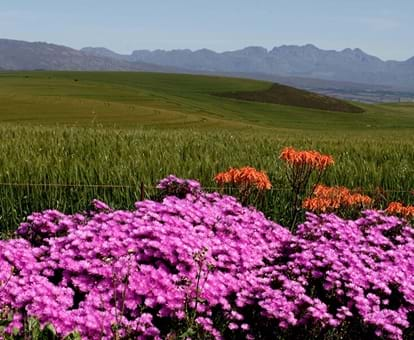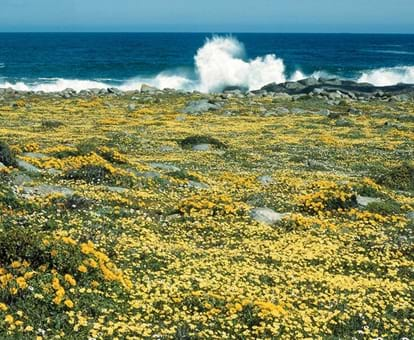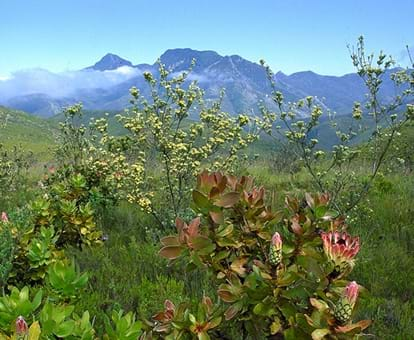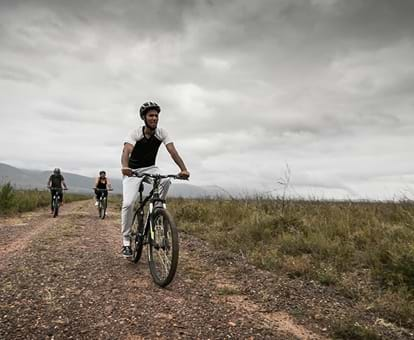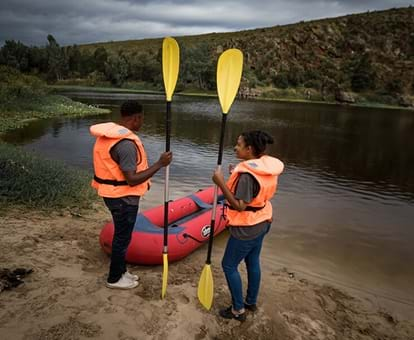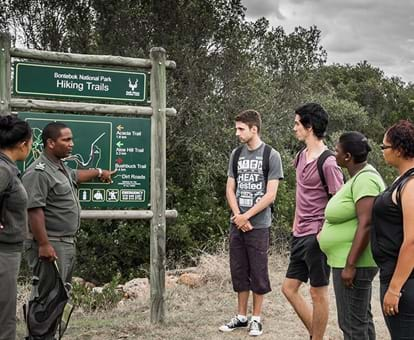By creating an account, I agree to the
Terms of service and Privacy policy
Choose your country and language:
Africa
Americas
Asia Pacific
Europe
TThe Cape Floral Region, stretching from the Peninsula to the Eastern Cape, is unmatched with regards to flower power. Accounting for less than 0.5% of the continent of Africa, the Cape Floral Region holds an astonishing 20% of its flora, most of it indigenous to this specific region.
The Cape Floral Region’s bounty of plant life has proudly earned South Africa a place among the world’s top-rated locations for biodiversity. Much of this rich, natural heritage cannot be seen anywhere else on earth. Covering 90 000km², it is estimated that each 1000km² of this floral kingdom contains a staggering 465 species.
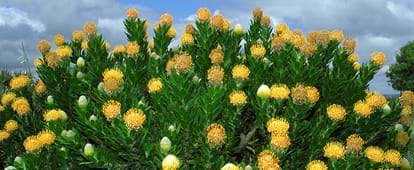
TThe Cape Floral Region is uniquely South African; unique in that a large percentage of this floral wealth is indigenous to the country. Its incredible richness enables South Africa to claim the third-highest level of biodiversity in the world.
TThe Table Mountain National Park, one of a chain of eight protected areas encompassed by the region, packs more plant species into its 22 000 hectares than entire countries like the British Isles or New Zealand.
The Cape Floral Region, a World Heritage Site, begins at the Cape Peninsula and trails along a mountainous path to the Eastern Cape. Besides Table Mountain, it takes in the De Hoop Nature Reserve, Boland, the Groot Winterhoek wilderness area, the Swartberg mountains, the Boosmansbos wilderness area, Cederberg and Baviaanskloof.
Plant life includes Fynbos, a vast group of plants that has tickled the fancy of scientists who marvel at its adaptive responsiveness to fire and its impressive reproductive strategies. Famous Fynbos families are the Proteas (also the country's national flower), the Ericas (heaths) and the grass-like Restios. Gardeners will be familiar with more common species like aloes and Geraniums, and some of the 1400 bulb species, such as Gladioli. This flower kingdom is the origin of some of the world's favourite plants such as Freesias, Nerines, Agapanthus and Ixia. And, of course, those beloved Geraniums and Pelargoniums.
The Cape Floral Region, Western Cape
OOne of the leading attractions in the Cape's active floral tourism sector is Cape Town's Kirstenbosch National Botanical Garden – a floral mosaic that delights even those with little interest in plants. Located on the lower reaches of Table Mountain, most visitors like to wander its well-marked paths at their own pace, although tours can be taken.
This region holds 20% of Africa's flora and 3% of the plant species on earth. The Cape Peninsula alone has 2285 species, on an area a third the size of greater London. It has three times more plant species per square kilometre than those fabulously lush rainforests. This is why it was declared one of the world's 34 biodiversity “hot spots”, and in 2004, was confirmed as a UNESCO World Heritage Site.
South Africa's conservation of Fynbos is critical to the survival of this botanical treasure. Many Fynbos species are specialists and some occur only on a few hectares – nowhere else. Encouragingly, 20% of this kingdom is officially conserved, but its sheer diversity means that much remains unprotected.
South Africa has an abundance of beautiful, indigenous flora. Knowing a little about our Proteas, succulents and other indigenous species may help you to identify some of these beauties when visiting. They come in an array of shapes, forms, colours and sizes.
Related articles

